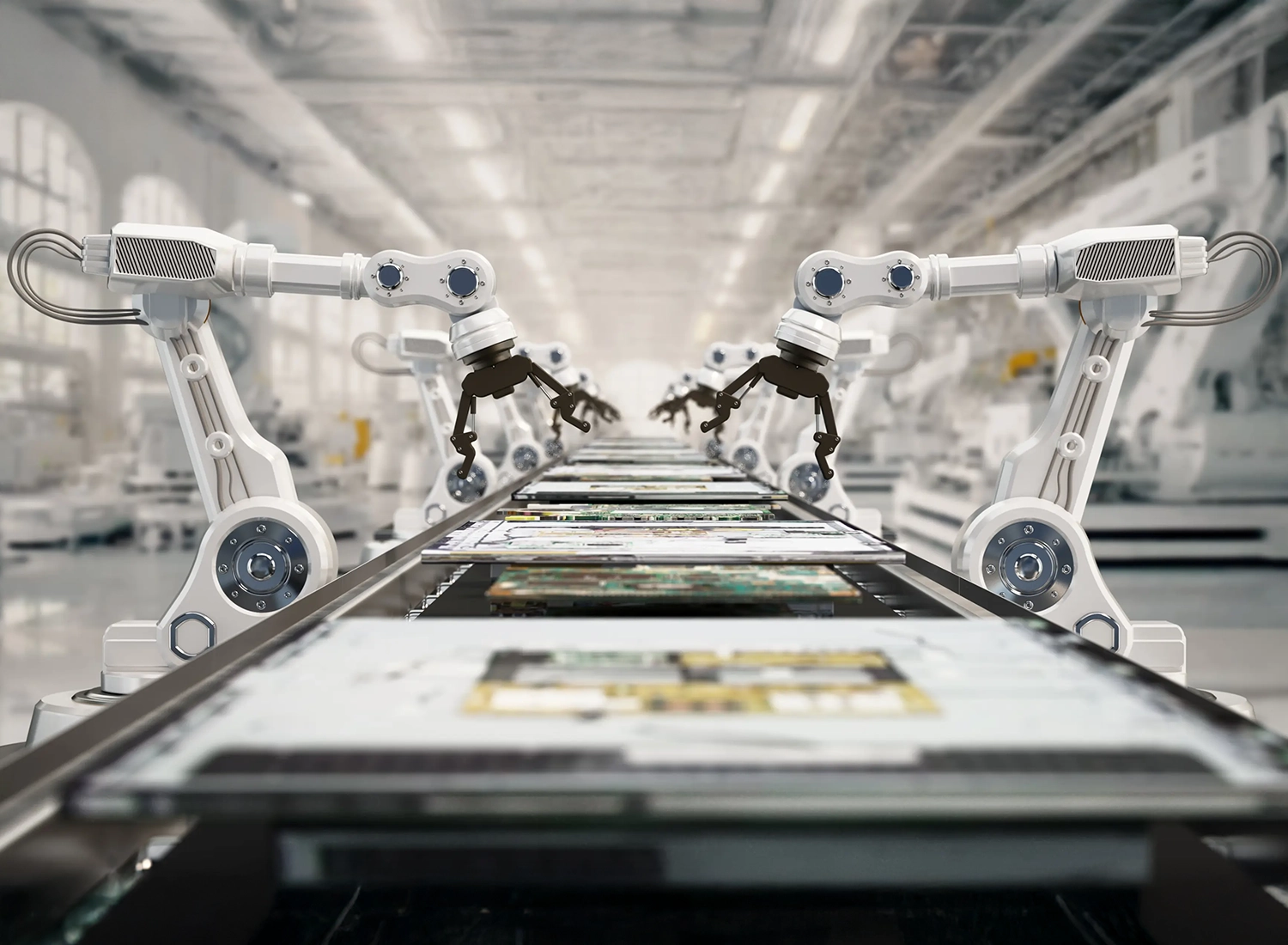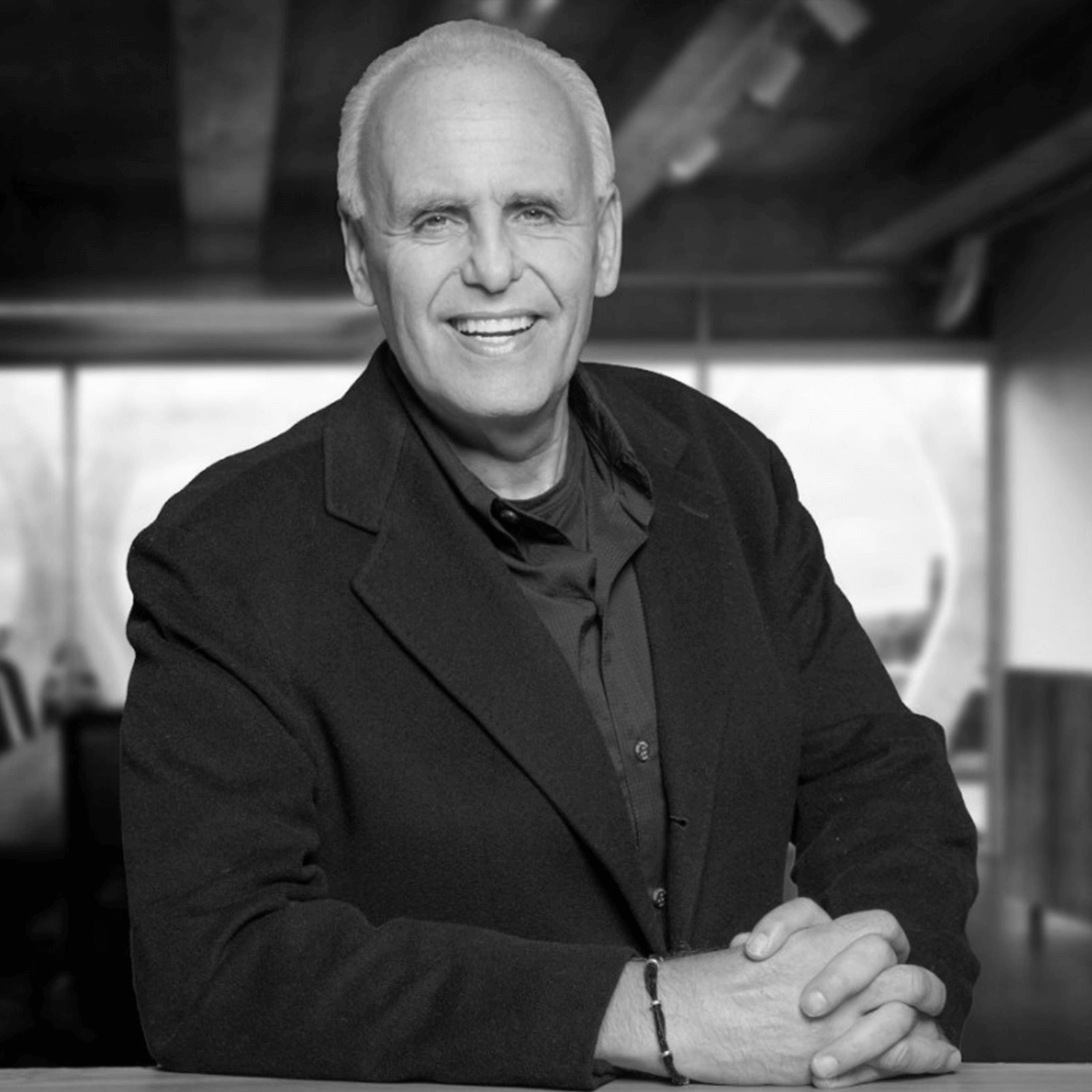
Physical AI is moving from research to deployment in logistics, manufacturing, agriculture, and defense. Three main factors drive this shift: models now translate web-scale knowledge into actions, while hardware and tools like sensors, actuators, and edge computing have matured. Labor shortages, costs, and resilience concerns heavily influence adoption. Installations have doubled over the past decade, led by Asia, with Amazon now operating around 1 million robots across more than 300 sites.
Why adoption accelerates now
Models cross the action gap. Foundation models for robots, such as RT-2, RT-X, and GR00T, enable perception to drive manipulation and navigation. Teams can train in simulation, then transfer to production cells and mobile environments with higher reliability.
Hardware and tooling reach readiness. Complete pipelines such as NVIDIA Isaac and GR00T N1 compress time to first pilot. Standardized stacks for sensing, actuation, safety, and edge inference enable repeatable and serviceable deployments.
Operating pressure intensifies. Throughput, unit cost, and uptime targets push automation forward. Asia keeps the highest share of new installations. Amazon’s one million robot milestone signals platform scale and mature ops practices.
Who is building and hiring at scale?
- Amazon. Proteus AMRs, the Sequoia storage system, and new manipulation systems such as Sparrow and Vulcan. Tye Brady serves as Chief Technologist for Amazon Robotics. Hiring continues across the Boston area and global operations and AI roles.
- Walmart and Symbotic. Symbotic automation rolls out to all 42 regional distribution centers. Walmart acquired Alert Innovation and deepened the Symbotic partnership in 2025. Symbotic acquired Walmart’s Advanced Systems and Robotics unit, while Walmart is funding $520M for new platform development. Leadership includes David Guggina at Walmart U.S. eCommerce, Michael Loparco at Symbotic, and Rick Cohen as Symbotic Chairman and Chief Product Officer.
- John Deere. A model physical AI operator. Deere acquired Blue River for $305M and Bear Flag Robotics for $250M. Autonomy now spans row crops, construction, and turf. CTO Jahmy Hindman leads platform integration across autonomy, perception, and connectivity. Active hiring continues.
- SoftBank and ABB Robotics. ABB brings a large installed base and service network. SoftBank’s portfolio experience in AI and automation, including Berkshire Grey, positions the combined efforts for product and platform acceleration. Marc Segura leads ABB Robotics.
- Hyundai and Boston Dynamics. Deployment plans target large volumes across Hyundai manufacturing. Boston Dynamics prepares an all-electric Atlas for industrial use. CEO Robert Playter leads the commercialization roadmap.
Humanoids and embodied hiring momentum
- Figure AI. Raised 675 million dollars from Microsoft, NVIDIA, and others, with an OpenAI collaboration. Piloting with BMW Spartanburg. CEO Brett Adcock.
- Agility Robotics. RoboFab enables scale manufacturing of Digit. Amazon pilots Digit in fulfillment. Roles open in Oregon, Pittsburgh, and remote.
- Apptronik. Partnering with Mercedes-Benz to pilot Apollo. Raised 350 million dollars in 2025. CEO Jeff Cardenas.
- 1X. Formerly Halodi. Raised 100 million dollars led by the OpenAI fund. CEO Bernt Ø. Børnich.
- Unitree. China-based humanoid and quadruped maker. Raised 139 million dollars in a 2024 Series B. Expanding engineering teams.
What is being built right now
- Humanoids and mobile manipulators. Tesla Optimus, Figure 02, Agility Digit, Apptronik Apollo, 1X, UBTECH Walker S1, and Boston Dynamics Atlas for industrial use. Initial tasks include palletizing, tote handling, line-side delivery, machine tending, and quality checks where humanlike reach and workspace matter.
- Industrial arms and cobots. High-speed, high-payload arms from FANUC, ABB, KUKA, and Yaskawa. Human-safe cobots from Universal Robots and Doosan. Priority use cases include welding, assembly, bin picking, and packaging.
- AMRs and ASRS. Symbotic ASRS with robot depalletizers for retail distribution. Amazon Sequoia storage and autonomous drives. Ocado-style systems for grocery.
- Defense and edge autonomy. UGVs such as TheMIS and Mission Master. Low-cost FPV drones and loitering munitions such as Switchblade 300 and 600. Autonomy ranges from teleoperation to full autonomy, depending on electronic warfare conditions and rules of engagement.
Industrial and electronics leaders are doubling down
Automotive and electronics. Toyota, through TRI research and foundation models with Boston Dynamics. BMW through the Figure pilot. BYD with highly automated EV plants and UBTECH humanoids. Foxconn with AI and robotics investment, including Robocore.
Industrial robot leaders. FANUC under CEO Kenji Yamaguchi and FANUC America CEO Mike Cicco. KUKA under the CEO Christoph Schell. Yaskawa under U.S. CEO Mike Knapek. Each expands large payload lines, cobots, service programs, vision, and AI options.
Defense adoption at pace
Ukraine field operations show daily use of drones and uncrewed ground vehicles for logistics, casualty evacuation, and demining. The Ministry of Defence approved tracked UGVs such as the Krampus. Anduril raised 2.5 billion dollars in 2025 at a 30.5 billion dollar valuation. Shield AI raised 240 million dollars at a 5.3 billion dollar valuation to scale Hivemind autonomy. Skydio leads U.S. drone OEM supply. The U.S. Army signed a 1 billion order for AeroVironment Switchblade systems. Milrem Robotics and Rheinmetall supply THeMIS and Mission Master to Ukraine, Japan, and other operators.
Talent signals
- Mechatronics, perception, and safety controls
- Simulation, synthetic data, and domain randomization
- MLOps and edge deployment for real-time autonomy
- Systems, reliability, service, and fleet analytics
- Functional leadership across product, QA, and industrial engineering
Closing takeaway
Digital AI delivered perception and reasoning. Physical AI converts capability into throughput, quality, and safety. For operators, the window favors teams that scale pilots fast and lock in measurable wins.

